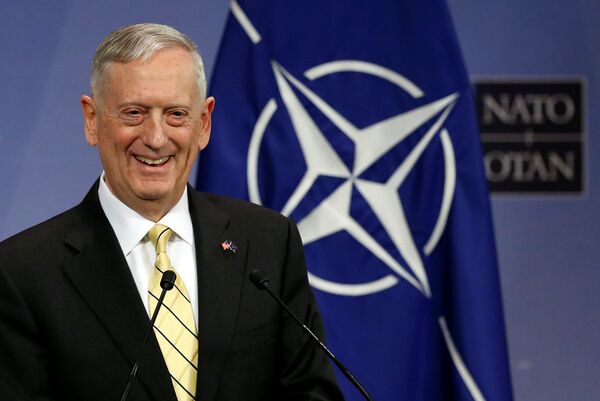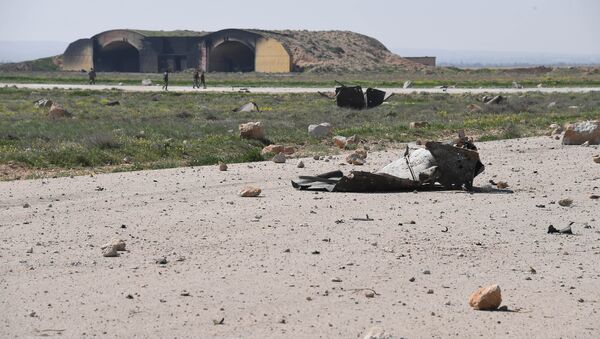Despite self-congratulations on the part of Washington for its "success" in the mission, Foreign Policy reported that jets took off from the Sha’irat airbase less than 24 hours after the missile attack.
According to Mattis, the Syrian President Bashar al-Assad’s forces "lost the ability to refuel or rearm aircraft at Sha’irat airfield and at this point, use of the runway is of idle military interest."

One estimate provided by GlobalFirePower.com indicates that the Syrian armed forces maintain 461 total aircraft. Thus, on Mattis’ account, the strike resulted in the elimination of about 92 aircraft.
The Pentagon estimated that "the strike resulted in the damage or destruction of fuel and ammunition sites, air defense capabilities, and 20 percent of Syria’s operational aircraft."
The US Navy’s launch of 59 tomahawk cruise missiles took place from two destroyers in the Mediterranean Sea. The missiles alone rang up a bill of about $83 million, Sputnik reported.
Mattis ended his statement with language that could escalate tensions and violence between regional players in Syria. "The Syrian government would be ill-advised ever again to use chemical weapons."
The Syrian government has denied allegations that it conducted a chemical attack on its own people. Rather, Syrian officials say Syrian jets struck a rebel weapons depot where opposition forces had been producing deadly nerve gases.
Mattis says the strike "was a measured response."



